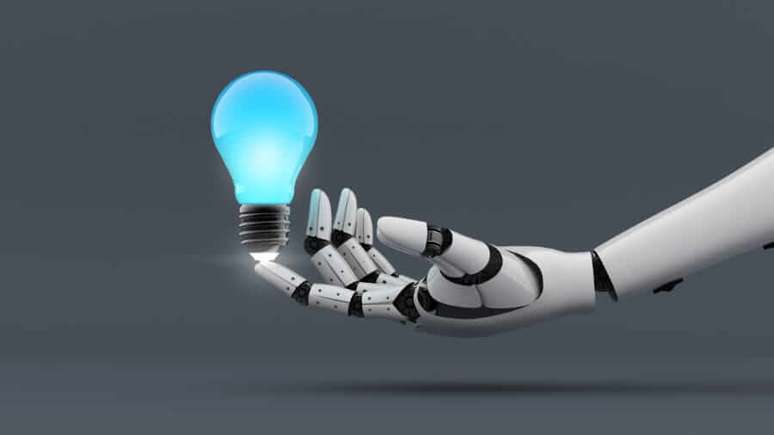This technology can play a key role in this population context
html[data-range=”xlarge”] figure image img.img-9f7e0507e80dabc9063be8311f8d5704l5xt1r4u { width: 774px; height: 435px; }HTML[data-range=”large”] figure figure img.img-9f7e0507e80dabc9063be8311f8d5704l5xt1r4u { width: 548px; height: 308px; }HTML[data-range=”small”] figure image img.img-9f7e0507e80dabc9063be8311f8d5704l5xt1r4u, html[data-range=”medium”] figure image img.img-9f7e0507e80dabc9063be8311f8d5704l5xt1r4u { width: 564px; height: 317px; }HTML[data-range=”small”] .article__image-embed, html[data-range=”medium”] .article__image-embed { width: 564px; margin: 0 auto 30px; }
As the world’s population grows, the need for effective food production and distribution increases in all countries and regions. In the case of Brazil, a study conducted by the Brazilian Network for Research on Food and Nutrition Sovereignty and Security (Rede Pensan) revealed that hunger advanced in 2022, reaching 33.1 million people.
There are 14 million more Brazilians with severe food insecurity, compared to 2020. Furthermore, approximately 58.7% of the population lives with a lack of availability and access to food.
These numbers are even more frightening when you take into account the fact that Brazil is one of the largest food producers and exporters in the world. Given this scenario, how can Artificial Intelligence (AI) help the population in need of food?
How AI can help
This technology can play a key role in this context of population, as its use improves the production and distribution of food, as well as identifying and solving problems related to food safety.
It also points to customized solutions for areas with high levels of vulnerability, which can help governments and organizations direct resources to these regions, as well as help implement effective public policies.
Within this perspective, there is a wide variety of possibilities and impacts that we can see in the business world. And when it comes to AI, there are a few that stand out, which I’ll detail below.
- 1. Identify patterns and trends
This research enables farmers to make more informed and effective decisions. This can lead to increased food production, which tends to reduce world hunger.
- 2. Identify areas where the food supply is insufficient
The action may allow governments and organizations to work to increase production or transport food from other regions to meet local demand.
- 3. Identify and fix problems
The technology helps identify areas where food is at risk of contamination, enabling agile decision-making to address these issues before they become a public health threat.
- 4. Identify healthier, more nutritious foods
This ensures that people with food vulnerabilities have access to food that meets their nutritional needs.
- 5. Improve the efficiency of the food chain
This can lead to a reduction in production and distribution costs. In addition, the action allows food to be produced and delivered more efficiently, making it more accessible to hungry people.
A very powerful tool
In summary, AI has the potential to be a powerful tool to reverse this grim reality of the planet. By improving food production and distribution, anticipating and responding to food crises, and identifying areas of greatest vulnerability to hunger and poverty, technology can help ensure people have access to adequate and nutritious food, improving quality of life and reducing hunger and poverty around the world.
Barbara Fraga is Head of Data Science at A3Data, a consulting firm specializing in data and Artificial Intelligence.
Source: Terra
Ben Stock is a lifestyle journalist and author at Gossipify. He writes about topics such as health, wellness, travel, food and home decor. He provides practical advice and inspiration to improve well-being, keeps readers up to date with latest lifestyle news and trends, known for his engaging writing style, in-depth analysis and unique perspectives.








